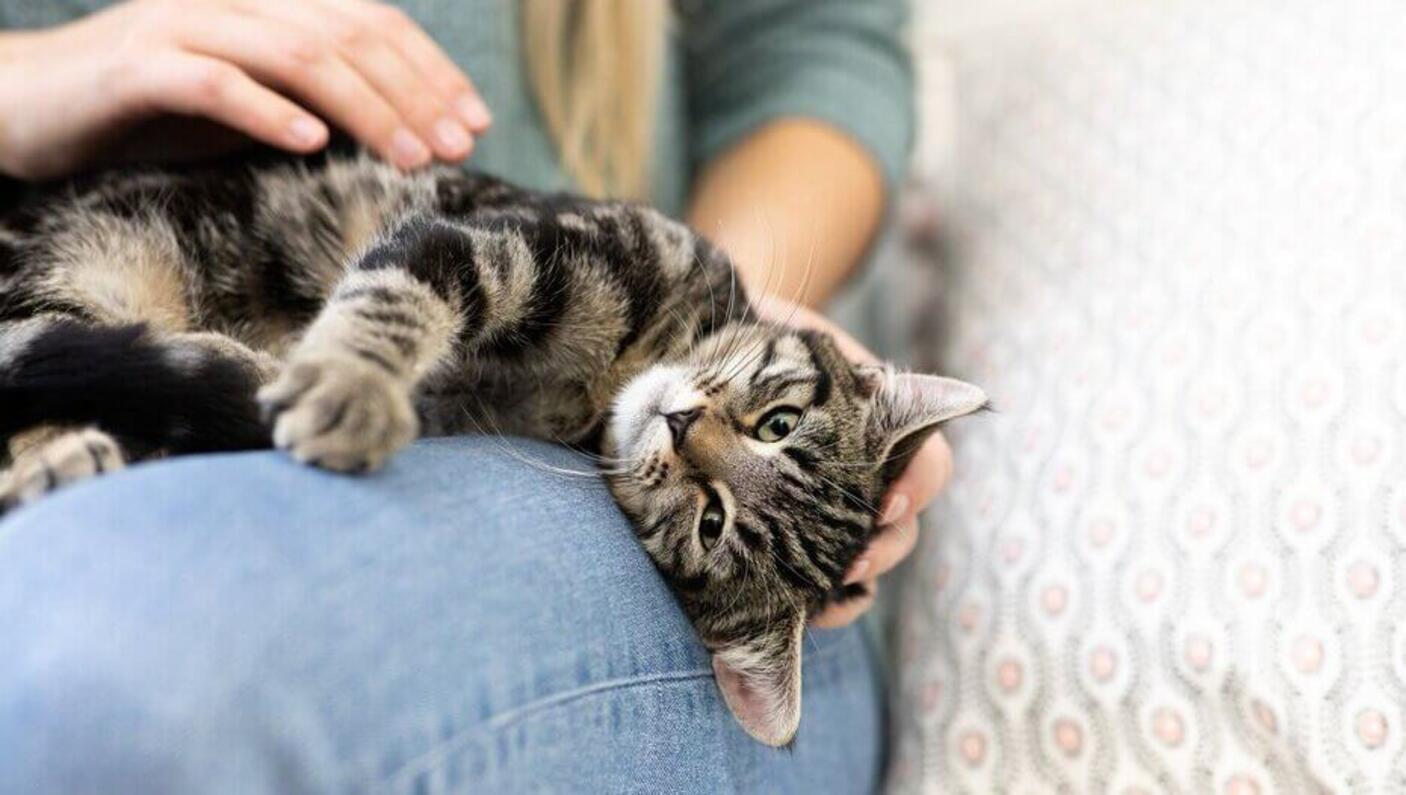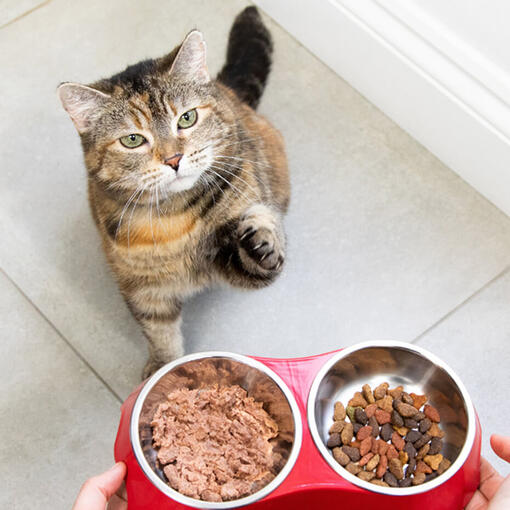
Tapeworms are parasites that commonly settle in a cat’s bowels. They reproduce by attaching themselves to the gut and breaking into a series of segments containing eggs, which are then passed out with the faeces.
Whilst this is unpleasant, it is also easily treatable, especially if you catch the spread of tapeworms in cats its early stages.
How do cats contract tapeworms?
While tapeworms in cats are a common problem, not many owners know how cats get them. Tapeworms are often contracted when a cat accidentally eats tapeworm larvae. Many types of tapeworm larvae are found in fleas; if a flea is ingested, the tapeworm larvae begins to grow when inside your cat.
This is not, however, the only way your furry friend can contract tapeworms. Some cats eat the faeces of infected cats, which can pass on the parasite. It is also possible for mothers to pass on tapeworms to their young.
What do tapeworms in cats look like?
Tapeworms are long, flat worms that can vary in length. They have a segmented body and a head, which has suckers and hooks to help them attach to the intestine. You’re unlikely to see a tapeworm in this form, though. Once tapeworms begin to grow, segments of their body separate themselves from the main body of the worm. These segments can often be found behind your cat’s tail and look like small grains of rice. You may also see them in your cat’s faeces.
Symptoms of tapeworms in cats
There are a number of symptoms to watch out for when it comes to tapeworms in cats. The first is to check your cat’s faeces. If they have small white ‘grains’ in them, it’s likely your cat has the parasite. These small pieces will be cream in colour and around the size of a grain of rice.
If your cat is regularly licking their anus it could mean they have tapeworms. Similarly, biting or scratching at this area may be a sign. Cats also tend to drag their hind legs across the floor in order to scratch the area; if you see your cat doing this, they may have contracted the parasite.
Tapeworms can also cause cats to lose weight. This weight loss may occur even though your cat’s appetite has increased. The final sign to look at is the condition of your cat’s coat. If your cat has a tapeworm, their coat could become a lot more dull or shabby than usual.
If you notice any of these signs it’s important to take your cat to see your vet as soon as possible. If noticed early, tapeworms are easy to treat and get rid of.

Treating tapeworms in cats
Treating your cat for tapeworms is a fairly simple and easy process. First you must take them to your vet for a diagnosis. When they are sure your cat has tapeworms, they will be able to provide suitable medication.
Both types of treatment are simple and extremely effective, especially if you catch the parasite in its early stages.
Preventing tapeworms in cats
From six weeks of age, kittens can have monthly preventative treatment against tapeworms. After six months, they can have this treatment every three months. Adult cats can have this preventative treatment every two to six months, depending on their needs. Always consult a vet first to ensure preventative treatment is right for them.
Ingesting fleas is one of the main causes of tapeworms in cats. Flea spot treatments are a great way to discourage fleas from living on your cat. Flea collars and oral medication are also some of the methods you could use to de-flea your cat.
Looking for more cat health advice? Read our guide on lungworm in cats, next.











